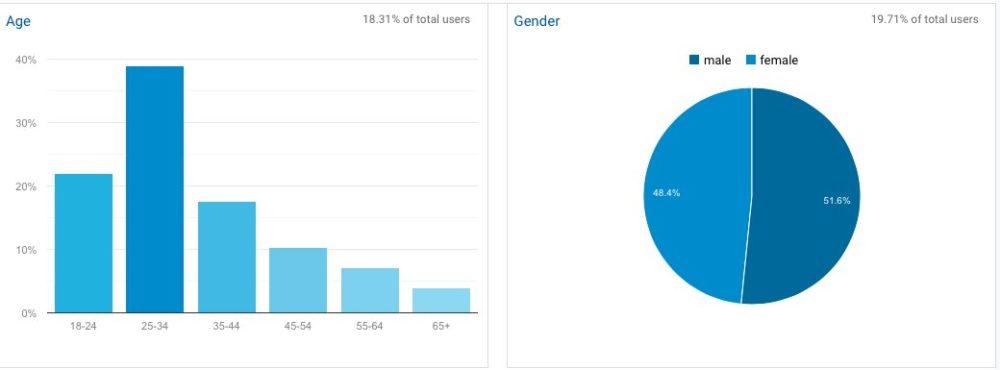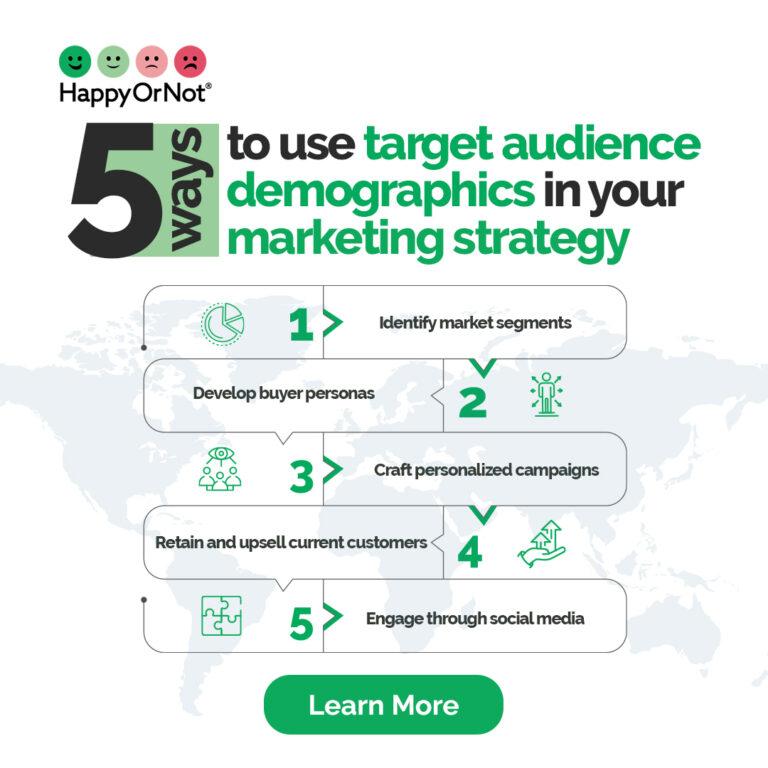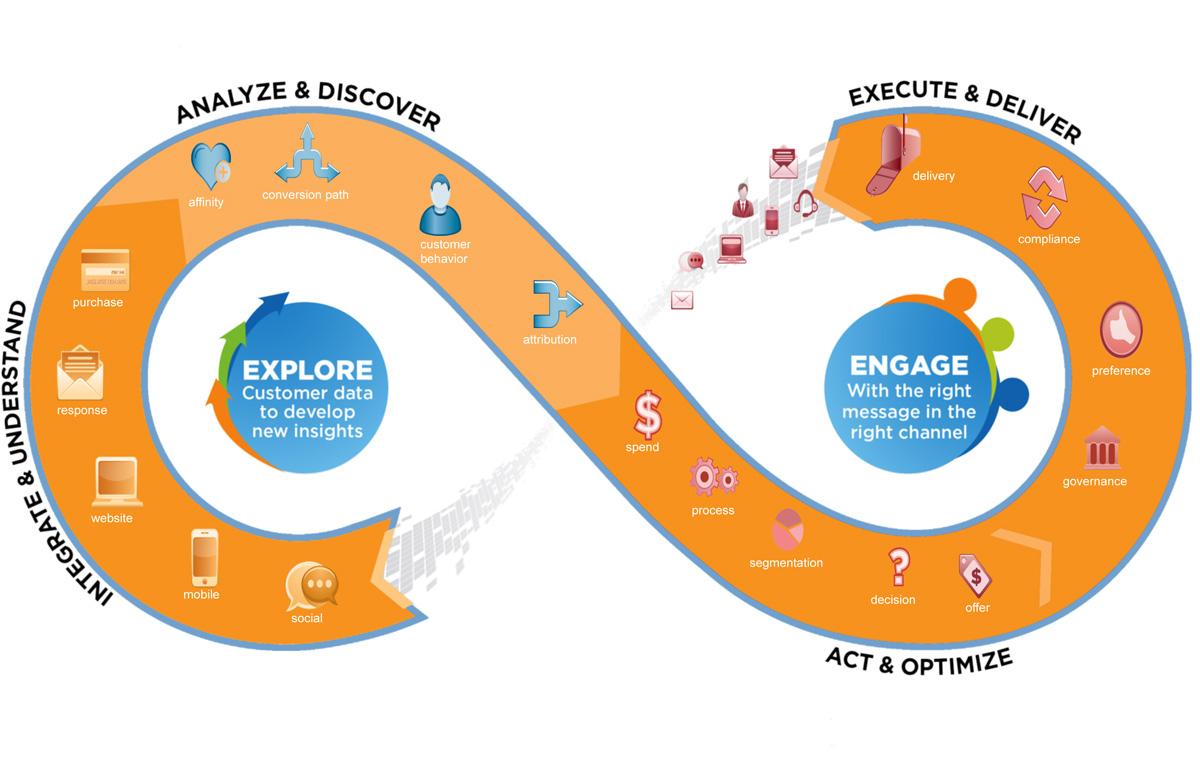
In the vibrant tapestry of modern marketing, understanding the intricate threads that bind brands to their audiences has never been more crucial. As businesses strive to tailor their messages in an increasingly crowded marketplace,one element stands out as a powerful compass guiding their strategies: audience demographics. Beyond mere statistics, these traits—age, gender, income, education, and more—serve as the foundation upon which effective marketing campaigns are built. In “Decoding Influence: The Role of Audience Demographics in Marketing,” we embark on a journey to unravel how these demographic markers shape consumer perceptions, drive purchasing behavior, and ultimately, dictate the success of campaigns.By diving deep into the world of audience analytics, we aim to illuminate the symbiotic relationship between demographics and marketing effectiveness, revealing how a nuanced understanding can transform the way brands connect, engage, and thrive in an ever-evolving landscape.
Understanding the Spectrum of Audience Demographics in Marketing Strategy
In today’s fast-paced digital landscape, grasping the nuances of audience demographics is essential for crafting effective marketing strategies. Demographics encompass various characteristics that can influence consumer behavior, including age, gender, income, and geographic location. By segmenting your audience based on these criteria, businesses can tailor their messages and offerings.This ensures that communication resonates more deeply and leads to higher engagement rates.Here are some key demographic elements marketers shoudl consider:
- Age: Understanding age groups helps determine the messaging tone and product relevance.
- Gender: Tailoring campaigns to meet gender-specific preferences can boost customer connection.
- Income Level: Insights into income allow for price point adjustments and promotional strategies.
- Geographical Location: Cultural factors greatly influence purchasing habits, making localization crucial.
To visually represent the importance of demographic analysis,consider the following table,which outlines how different age groups respond to specific marketing strategies:
| Age Group | Preferred Content Type | Engagement Channel |
|---|---|---|
| 18-24 | Short videos and memes | Social media platforms |
| 25-34 | In-depth articles and blogs | Email newsletters |
| 35-44 | Webinars and online courses | Professional networking sites |
| 45+ | Informative videos and podcasts | Customary media and online forums |
By acknowledging and leveraging these demographic insights,marketers can more effectively position themselves within their target markets,ultimately enhancing brand loyalty and driving conversions. As demographics continue to evolve, ongoing analysis and adaptation will remain key in ensuring that marketing efforts meet the changing needs of diverse audiences.

Tailoring Messages for Maximum Impact: The Importance of Age and Gender
To effectively engage an audience, it’s crucial to understand their unique characteristics, particularly age and gender. Different age groups perceive messages and brands through distinct lenses. For example, younger generations may respond better to digital content and social media campaigns, valuing authenticity and relatable messaging. On the other hand, older audiences often appreciate clear, informative communication that emphasizes reliability and trustworthiness. When tailoring marketing strategies,leveraging these insights can lead to enhanced audience engagement and stronger emotional connections.
Gender also plays a pivotal role in shaping preferences and behavior. Marketers must consider various aspects, including purchasing power and brand perception, when developing their campaigns. Research shows that female audiences often prioritize brand values and community,while male audiences may lean towards functionality and performance. Understanding these nuances can significantly elevate campaign effectiveness.Below is a table summarizing key insights for tailoring messages:
| Demographic Factor | Preferred Messaging Style | Key Marketing Focus | |||||||||||||||||||||||||||
|---|---|---|---|---|---|---|---|---|---|---|---|---|---|---|---|---|---|---|---|---|---|---|---|---|---|---|---|---|---|
| Age 18-24 | Authentic and relatable | Social engagement and trends | |||||||||||||||||||||||||||
| Age 25-34 | Value-driven and lifestyle-focused | Innovation and experiences Cultural Nuances and Consumer Behavior: Navigating Diversity in Target Marketsunderstanding the intricate tapestry of cultural nuances is paramount for marketers aiming to connect with diverse target audiences. Different cultures possess unique values, beliefs, and purchasing behaviors that significantly shape consumer preferences. As an example, colors carry distinct meanings across various cultures; while red symbolizes luck and happiness in China, it can signify danger in Western contexts. Marketers must remain vigilant and sensitive to these differences to forge authentic connections. consider the following aspects:
To illustrate how cultural variations impact purchase decisions, refer to the table below, highlighting how specific consumer preferences differ across three distinct markets:
These differences signal the need for a nuanced approach in marketing strategies. By analyzing the demographics of specific market segments,companies not only enhance their outreach efforts but also cultivate respect and understanding towards the consumers they aim to serve. Ultimately, appreciating and adapting to cultural nuances promotes deeper engagement and long-term brand loyalty.
Data-Driven Approaches: Leveraging Analytics to Boost Audience EngagementIn today’s competitive landscape, understanding your audience is more crucial than ever. By employing data-driven approaches, marketers can tap into analytics to create targeted strategies that resonate with their audience. This involves analyzing a range of demographic factors such as age,gender,location,and purchasing behavior.Utilizing these insights not only enhances personalization but also maximizes engagement through tailored content. Consider integrating analytics tools to track:
moreover, visualizing data through dashboards and reports can provide actionable insights that guide marketing decisions. As a notable example, segmenting your audience into specific groups can lead to more effective marketing strategies.By comparing engagement rates across different demographics, brands can adjust their messaging and delivery channels based on what the data reveals. Below is a simple comparative table showcasing engagement metrics for different demographics:
In RetrospectIn the ever-evolving landscape of marketing, understanding your audience is not merely a strategy; it is the cornerstone of success. As we’ve explored the intricate dance between audience demographics and influence, it becomes clear that decoding this relationship is essential for brands aiming to resonate in a crowded marketplace.The interplay of age, gender, income, and cultural backgrounds shapes consumer perceptions and drives their choices, creating a mosaic of preferences that marketers must navigate with precision.by embracing demographic insights, businesses can tailor their messages, harness the power of relatability, and foster authentic connections that go beyond the transactional. As we move forward, let us remember that the true art of marketing lies not just in selling a product but in building relationships grounded in an understanding of the diverse tapestry of the human experience. In this pursuit, the key to unlocking influence rests in our ability to listen, adapt, and respond to the ever-changing needs of our audiences. the journey of decoding influence continues, beckoning marketers to delve deeper into the rich layers of demographic insight that hold the promise of lasting impact. |
